

History
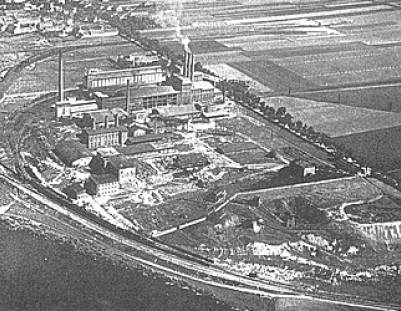
The 'Opole-Port' Cement Plant is starting in Opole, the predecessor of the 'Odry' Cement Plant. Equipped with three rotary kilns with a daily capacity of 250 tons, it produces cement using the wet method. It produces three types of cement named 'Zenith 1', 'Zenith 2', and 'Zenith 3'.
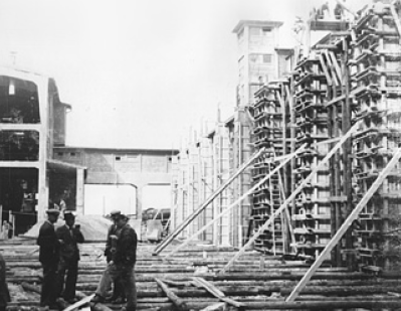
The 1930s were a time of prosperity in the cement industry. Cement plants in Opole: "Opole-Port", "Groszowice", "Wróblin", "Silesia", "Nowa Wieś", and "Giesel" collectively produce 800,000 tons of cement. The "Opole-Port" plant alone produced 200,000 tons of cement in 1938.
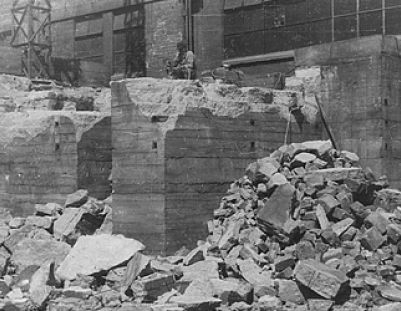
After the end of World War II, the country began the process of reconstruction. In 1947, a decision was made to revive the cement plants existing in the so-called Recovered Territories. The restoration of production at the heavily damaged 'Opole-Port' cement plant took several years.
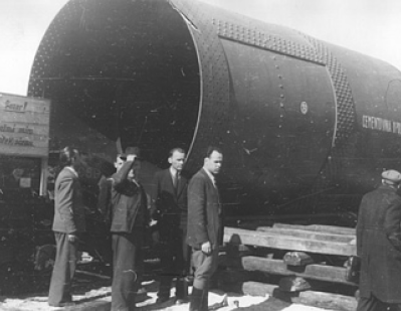
Reconstruction of the Opole-Port Cement Plant, later called 'Odra', is starting. The site is being cleaned up, the quarry is being drained and demined, and necessary equipment for the plant's operation is being ordered. This is the largest cement industry investment in Poland at that time.
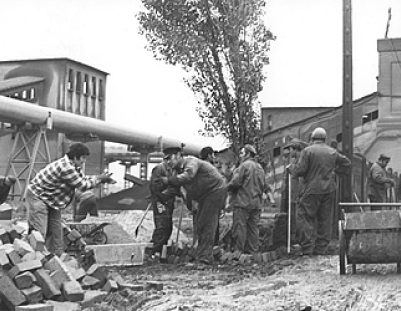
The 1960s were a period of expansion and modernization of the cement industry. 'Odra' is a pioneer in modern technology. It is here that the first automatic cement grinding control system in Poland is installed, and the clinker burning process is fully automated.
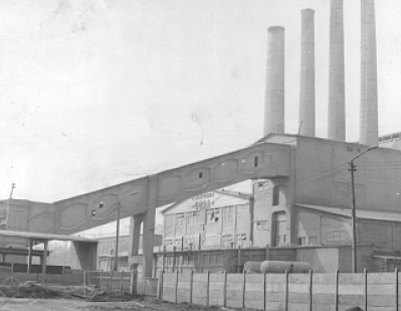
The 1970s in the Polish cement industry was a period of accelerated production, but also industry reform. The authorities decided to prevent shortages of goods, widespread waste, work simulation, and mismatched assortment to customer needs. They provided financial support to the industry and focused on producing the highest quality cement brands "350" and "450". In 1975, "Odra" reached its peak production, producing 895,000 tons of cement.
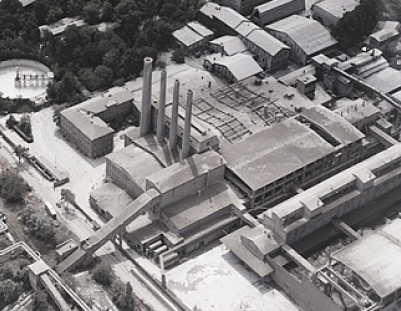
The State Enterprise Cement Plant "Odra" is being transformed into a sole shareholder company of the State Treasury - Cement Plant "Odra" S.A. The District Court in Opole, by a resolution of September 30, 1992, enters the Company in the Commercial Register under number RHB 1561.
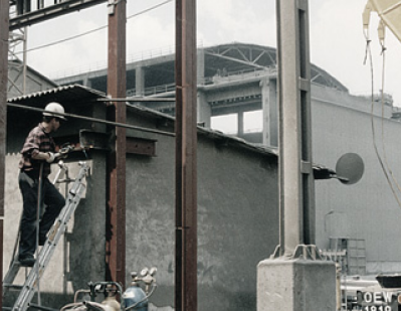
As part of the government privatization program of the cement industry, Miebach Projektgesellschaft GmbH purchases a controlling package of shares from the Minister of State Property Transformation. This is the first privatization of a plant of this type in Poland. The cement plant receives guarantees for maintaining continuous production, carrying out costly modernization, and preserving jobs.
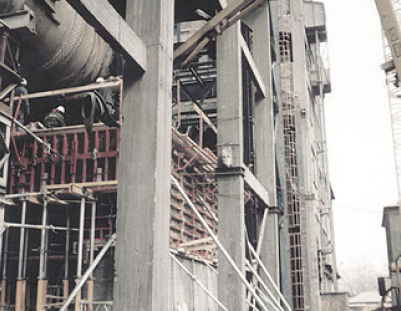
The year 1999 marks the beginning of a comprehensive modernization of the 'Odra' Cement Plant. In the autumn, the commissioning of a new rotary kiln with a capacity of 1200 tons of clinker per day begins. The method of clinker burning is changing from the energy-intensive wet method to the energy-efficient dry method.
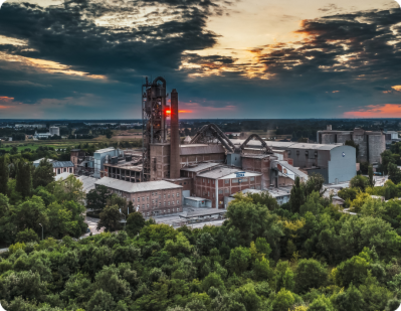
Cement Plant "Odra" obtains certificates confirming the implementation of the Integrated Management System in the areas of quality management, environmental management, and health and safety management. A coherent system enables effective and efficient management of these aspects of the company's operations, which have a significant impact on both the product produced and the environment and occupational health and safety.
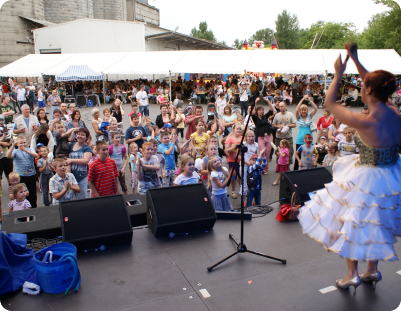
The 'Odra' Cement Plant celebrates the Centenary of its existence. It is the oldest active production plant in Poland with full manufacturing technology (clinker burning and cement grinding). As part of the Jubilee celebrations, the Cement Plant is organizing an Open Day on June 18th for the first time in its history. On that day, the Management of the Cement Plant invites all those interested in seeing how it looks from the inside.
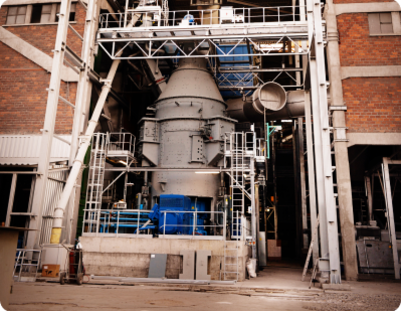
Cement Plant 'Odra' as the first plant in Poland is building a vertical roller-mill for grinding granulated blast furnace slag with simultaneous drying using waste heat from a rotary kiln. Vertical mills are commonly used for grinding limestone or coal. Modern design solutions allow for their use in grinding hard materials such as clinker and slag.

On April 22, Cement Plant "Odra" became the 50th facility in Poland to receive a certificate confirming the implementation of an eco-management system in the field of environmental protection. Joining the EU EMAS system is a declaration by the Cement Plant of meeting the highest standards in environmental protection by operating in line with the idea of sustainable development and efficiently managing available resources and energy.
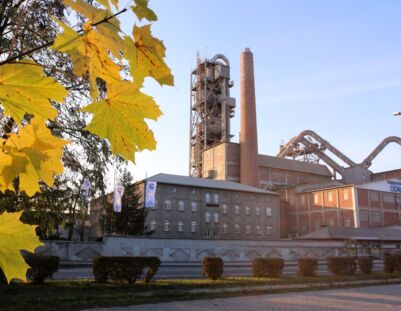
In 2014, the ODRA Capital Group was established, consisting of the Parent Company - Cement Plant 'Odra' S.A. and two subsidiaries, Betoniarnie ODRA Sp. z o.o. and CHOJNA BETON Concrete Products Manufacturer Sp. z o.o. The Group offers a wide range of products, from cements, through concretes, aggregates and mortar, to precast concrete products.
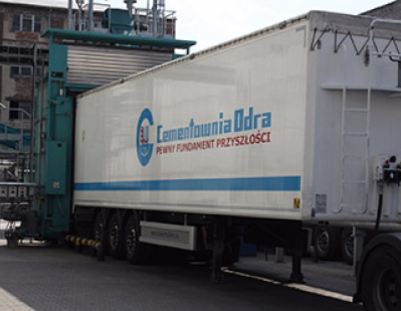
The cement plant introduces alternative fuels into the process of burning Portland clinker. The benefit to the environment of co-burning alternative fuels in a rotary kiln is the reduction of waste deposited in landfills and the limitation of natural fossil fuel consumption. All fuels are subject to strict quality control.
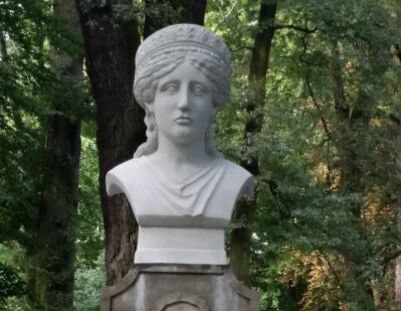
The Cement Plant 'Odra' is the initiator of the reconstruction of the bust of Juno, the Roman goddess, whose original was created in the 19th century as part of the promotion of the first cement plant established in Opole, which no longer exists today, Friedrich Grundmann's cement plant. The Opole Juno was a great success at the World Exhibition of All Nations in Paris in 1867, returned to Opole, survived the war, but after the Red Army entered, it disappeared without a trace. The new bust, funded by the 'Odra' Cement Plant, is created by students of the University of Opole: Ewa Dębicka and Bartosz Mazik under the supervision of Professor Marian Molenda.
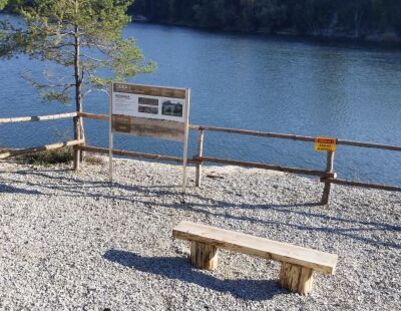
The area of the inactive mining excavation "Odra I", located between Budowlanych Street and Luboszycka Street, is regaining the beauty of the natural environment. As part of the reclamation works, a natural area of over 17 hectares is being created, with an educational trail showcasing the outstanding natural and geological values of this area.